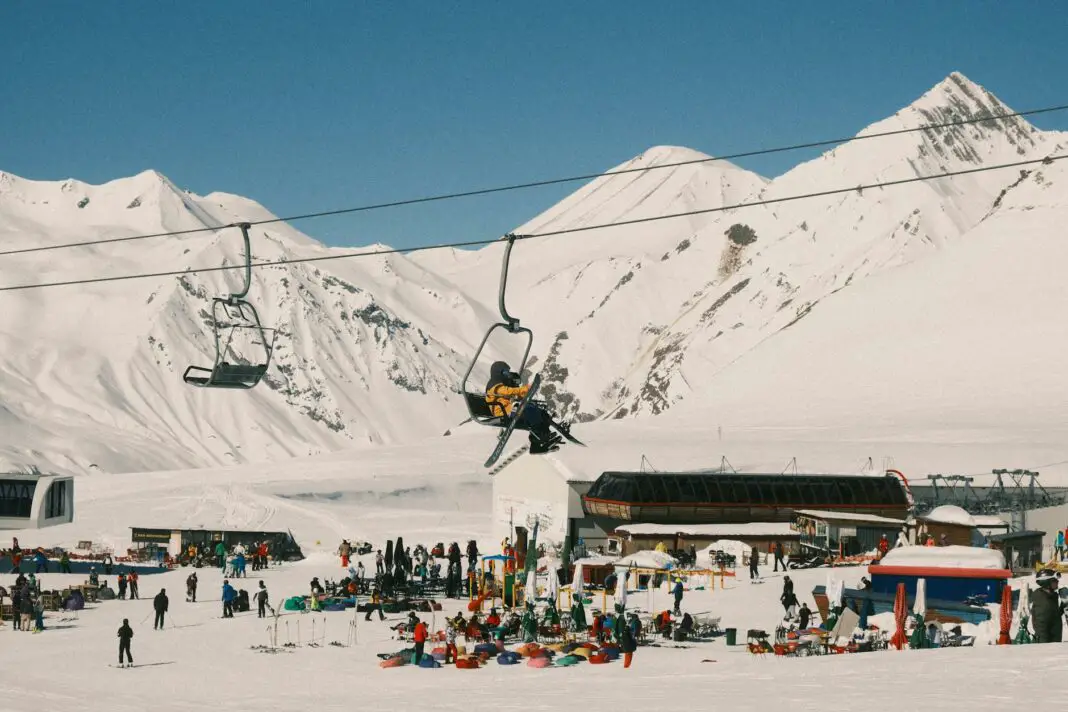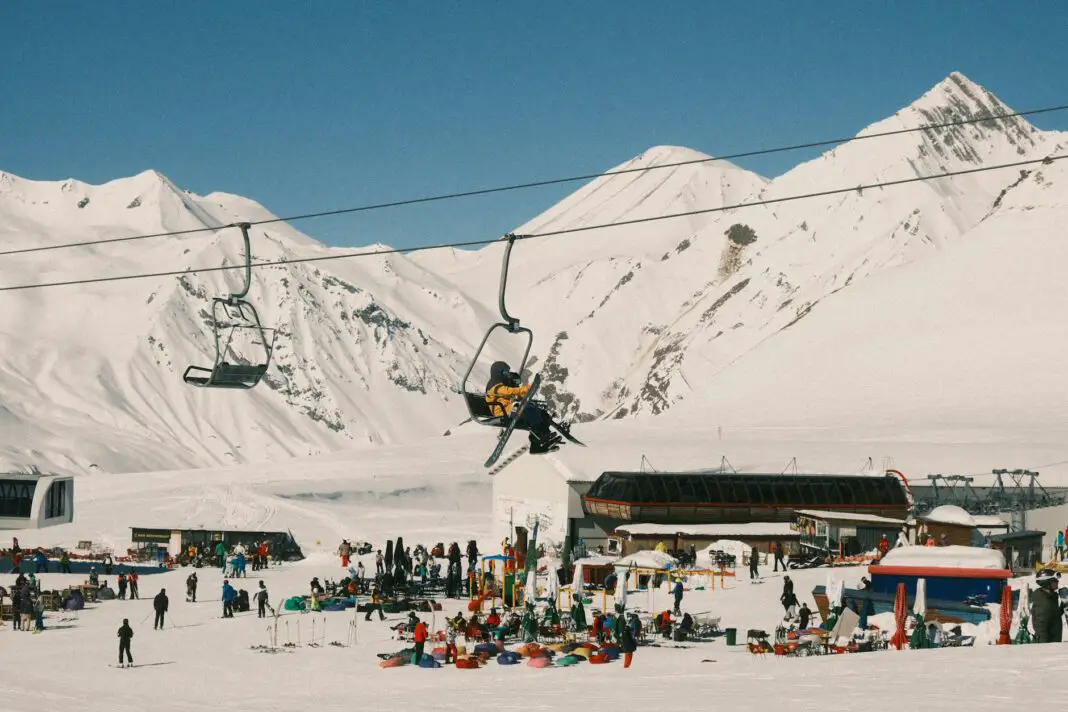Skiing is not just a thrilling adventure; it can also be an opportunity for connection with nature and friends. However, to truly enjoy your time on the slopes, embracing ski resort safety protocols is paramount. Ignoring these essential practices can lead to injuries or worse, detracting from what should be exhilarating experiences amidst stunning winter landscapes. Dive into this insightful guide to ensure your skiing adventures remain safe, fun, and memorable.
Navigating the slopes can be an exhilarating experience filled with breathtaking views and adrenaline-pumping runs. But being aware of crucial ski resort safety rules is essential for making the most of your winter escapades. Each rule reflects a commitment to safety that empowers skiers and snowboarders alike to enjoy their sport without unnecessary risks. So, let’s explore these pivotal safety practices that shouldn’t be overlooked on your next skiing adventure!
One of the simplest yet most effective ways to protect yourself is to don a helmet. Skiing can be unpredictable; you may encounter icy patches, sudden drops, or other skiers at any moment. A quality helmet not only cushions your head during an impact but also reduces the likelihood of severe injuries significantly.
Many ski resorts offer helmets for rent, making it easy for everyone to prioritize safety without breaking the bank. Remember to ensure the fit is snug but comfortable, and check if it meets safety standards. Wearing a helmet is a smart choice that enhances your skiing experience, giving you peace of mind while you navigate down the slopes like a pro!
Staying on marked trails is paramount for your safety and the enjoyment of others. Ski resorts set these trails for a reason; they are designated paths that have been carefully evaluated for safety. By venturing off-piste, skiers not only put themselves at risk due to unpredictable terrain but also encounter unmarked obstacles that can lead to severe injuries.
The thrill of off-piste skiing can certainly be tempting, but consider the implications. Staying on designated trails allows you to enjoy a safer skiing experience while adhering to resort guidelines. Besides, marked trails often lead to breathtaking views that can be just as exhilarating, ensuring you enjoy every second of your adventure.
Understanding your skill level is critical for a safe skiing experience. Many ski resorts offer trails ranging from beginner to expert levels, designed to cater to skiers of all abilities. Attempting runs that exceed your current capabilities can not only lead to potentially dangerous situations but also contribute to a more stressful experience overall.
Always assess your comfort and skill levels before choosing a trail. If you’re unsure, start on easier slopes to build up your confidence and skill set. This approach ensures that you can enjoy your time on the mountain while reducing the likelihood of accidents. Remember, skiing is not just about pushing limits; it’s also about enjoying every run to its fullest potential.
If you’re planning to ski in backcountry areas, avalanche safety cannot be overlooked. Avalanches can occur suddenly and can be incredibly dangerous for even the most experienced skier. Familiarize yourself with avalanche forecasts before heading out and always travel with proper gear – including a transceiver, shovel, and probe.
Taking an avalanche safety course may also be beneficial as it equips you with the skills needed to make informed decisions while exploring off-piste. With the right precautions in place, you can embrace the beauty of backcountry skiing while substantially mitigating the risks involved. It’s all about preparation and respect for the mountain.
Physical capabilities decline quickly without proper nutrition and hydration, making it vital to fuel your body throughout the day on the slopes. The cold weather can often mask feelings of thirst, so actively remind yourself to drink water regularly. Dehydration can lead to reduced concentration and increased susceptibility to fatigue – both of which heighten the risk of accidents.
Bringing nourishing snacks like nuts, energy bars, or fruit ensures that you can maintain your energy levels and stay alert. A well-fueled body enables you to make quick decisions, navigate trails more effectively, and, most importantly, enjoy the exhilaration of skiing without unnecessary risks. Take advantage of breaks to refuel, and the mountains will reward you with unforgettable memories!
Incorporating these rules into your skiing routine undoubtedly enhances safety, but they also cultivate an enjoyable atmosphere for everyone on the mountain. When skiers adhere to safety protocols, they contribute to a culture of respect and awareness that allows all participants to thrive in a shared love for the sport.
Ultimately, making safety a priority doesn’t take away from the thrill of skiing; instead, it adds an extra layer of enjoyment. Knowing you’ve taken the necessary precautions allows you to revel in every turn and jump without unnecessary worry. So, gear up, stay informed, and embrace these vital safety practices that transform your skiing adventures into cherished moments for years to come.
Why is wearing a helmet crucial while skiing?
Wearing a helmet protects your head in the event of a fall or collision. It significantly minimizes the risk of severe injuries, offering peace of mind while skiing down the slopes.
How do I choose the right ski trail for my skill level?
Every ski resort categorizes trails according to difficulty, from green for beginners to black for experts. Take time to evaluate your skills, and always start with easier trails to build confidence.
What should I do if I want to ski in backcountry areas?
If you plan to ski off-piste, it’s essential to check avalanche forecasts, carry proper safety gear, and consider taking an avalanche safety course to prepare for a safe experience.
How often should I hydrate while skiing?
Remember to drink water regularly throughout your skiing day, as the cold can mask feelings of thirst. Staying hydrated ensures you maintain focus and energy on the slopes.
What kind of snacks are best to bring while skiing?
Opt for nutritious snacks that provide energy, such as nuts, energy bars, or fruit. These will help sustain your energy, keeping you alert and ready to enjoy every run.
Image Credit: Pexels





